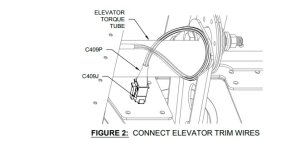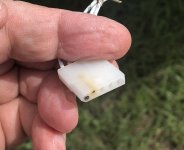mc607
Well Known Member
I’ve read on VAF that the Molex connectors are not a favourite of some builders. If the Molex connectors are assembled as designed, with proper tools and techniques, are connected properly, and function properly during testing with no issues, what happens to them over time to garner the bad reputation? Does the plastic degrade and become brittle, do the pins degrade and or corrode prematurely?
I’m always trying to make my build decisions, and more importantly, deviations from KAI on facts, not opinions. Pictures are always helpful. Thanks in advance,
Todd
I’m always trying to make my build decisions, and more importantly, deviations from KAI on facts, not opinions. Pictures are always helpful. Thanks in advance,
Todd








